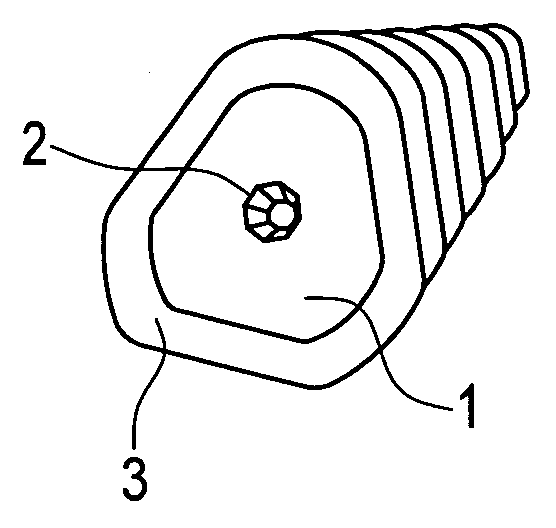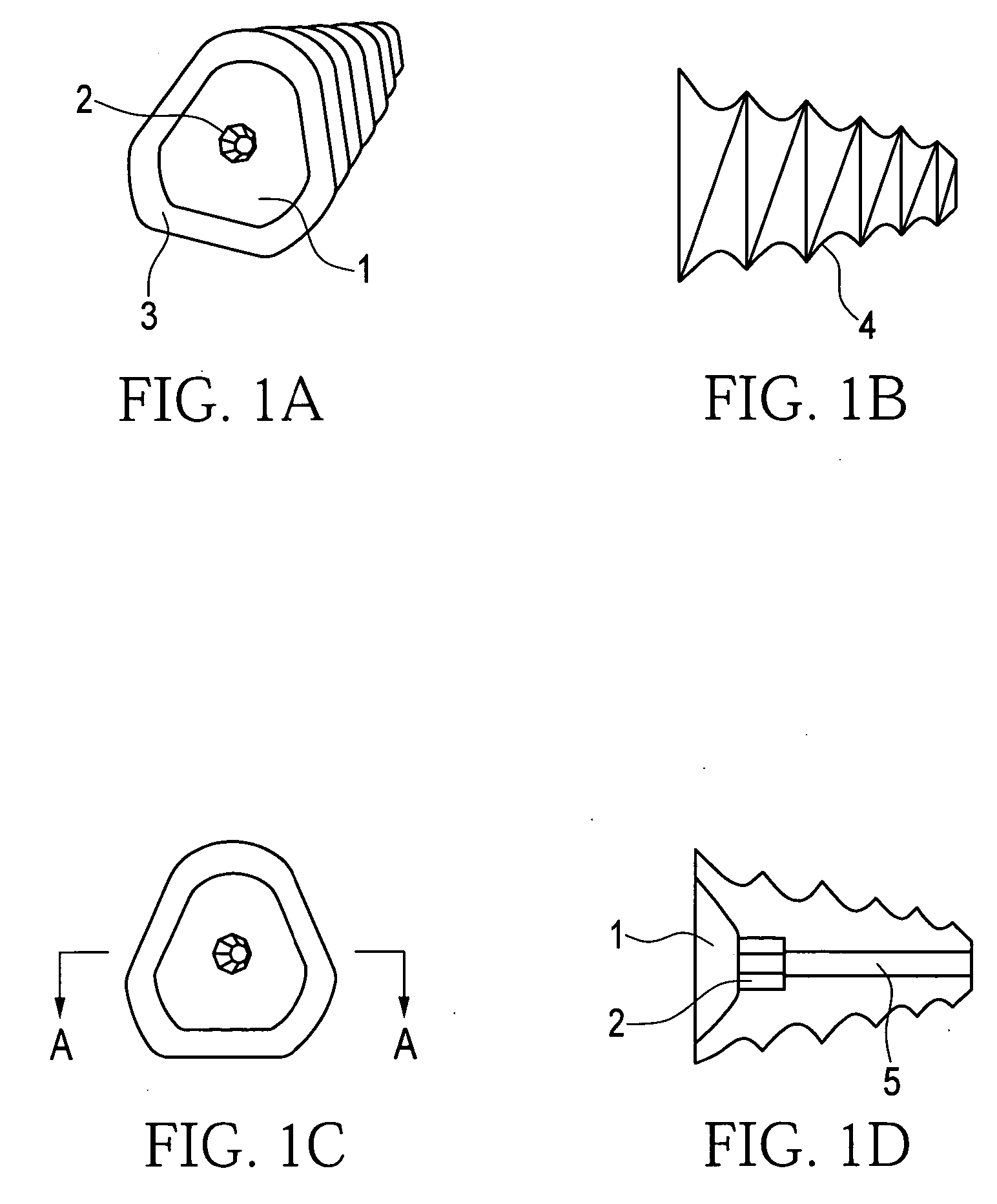Prosthesis for correction of flatfoot deformity
a technology for flatfoot and prosthesis, applied in the field of prosthesis for correction of flatfoot deformity, can solve the problems of limiting normal function, pain at the foot or ankle, pain in the lower back and knee, and symptoms that are too severe or remain, so as to prevent excessive eversion of the calcaneus bone and improve the alignment of the bones
- Summary
- Abstract
- Description
- Claims
- Application Information
AI Technical Summary
Benefits of technology
Problems solved by technology
Method used
Image
Examples
Embodiment Construction
[0018] In the following detailed description, reference is made to the accompanying drawings, which form a part hereof and show by way of illustration specific embodiments in which the invention may be practiced. These embodiments are described in sufficient detail to enable those skilled in the art to practice the invention, and it is to be understood that other embodiments may be utilized, and that changes may be made without departing from the spirit and scope of the present invention.
[0019] The present invention provides an internal prosthesis for correcting a flatfoot deformity that is simple to construct and use with low manufacturing costs, is more stable than other prostheses by virtue of its shape, and facilitates insertion, positioning, and removal by virtue of the unique shape of the concave base of the prosthesis with a polyhedral recess at its center.
[0020]FIGS. 1A-1D illustrate a first embodiment of the prosthesis 10 in a bottom perspective view, a side view, a botto...
PUM
 Login to View More
Login to View More Abstract
Description
Claims
Application Information
 Login to View More
Login to View More - R&D
- Intellectual Property
- Life Sciences
- Materials
- Tech Scout
- Unparalleled Data Quality
- Higher Quality Content
- 60% Fewer Hallucinations
Browse by: Latest US Patents, China's latest patents, Technical Efficacy Thesaurus, Application Domain, Technology Topic, Popular Technical Reports.
© 2025 PatSnap. All rights reserved.Legal|Privacy policy|Modern Slavery Act Transparency Statement|Sitemap|About US| Contact US: help@patsnap.com



